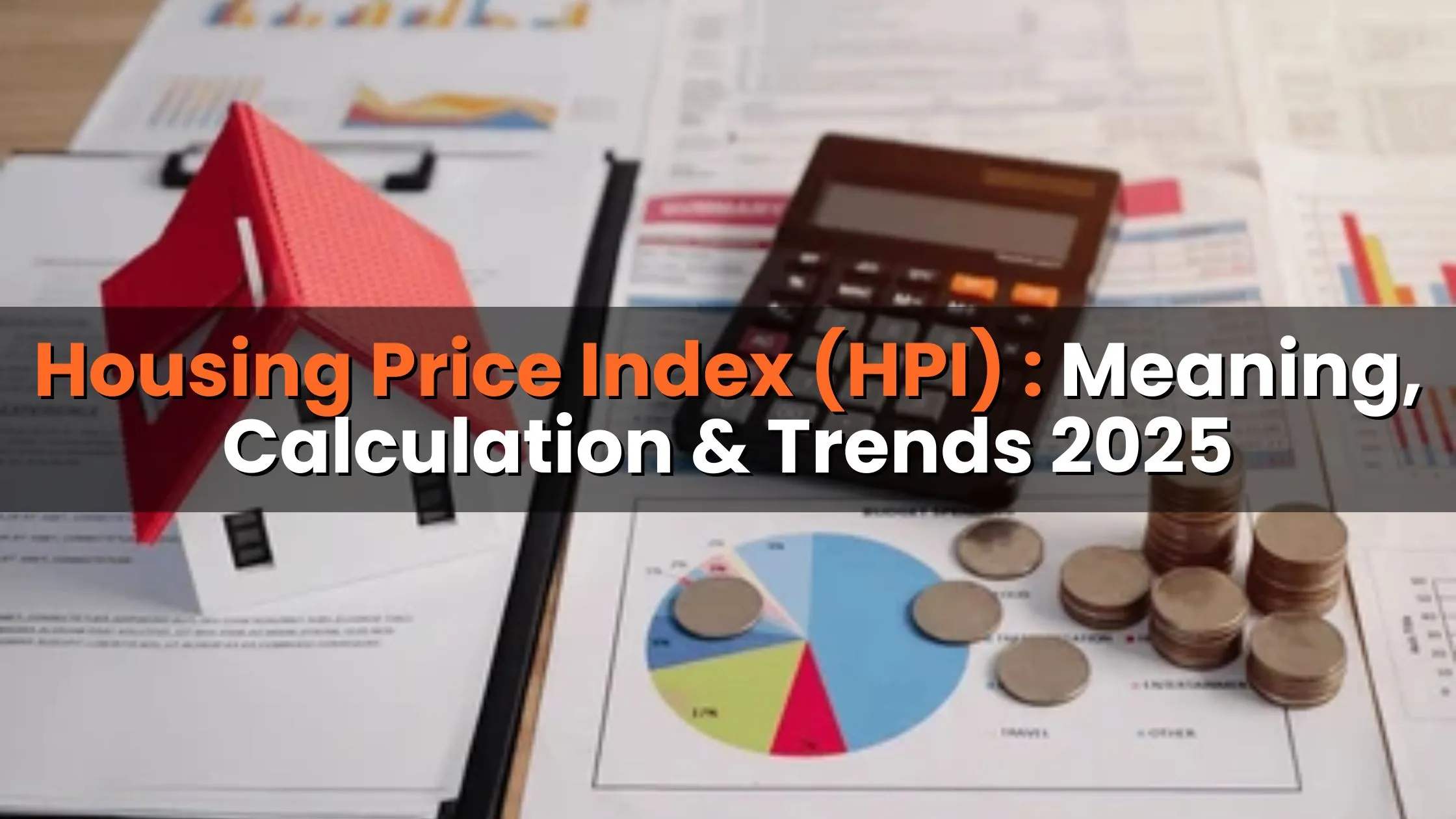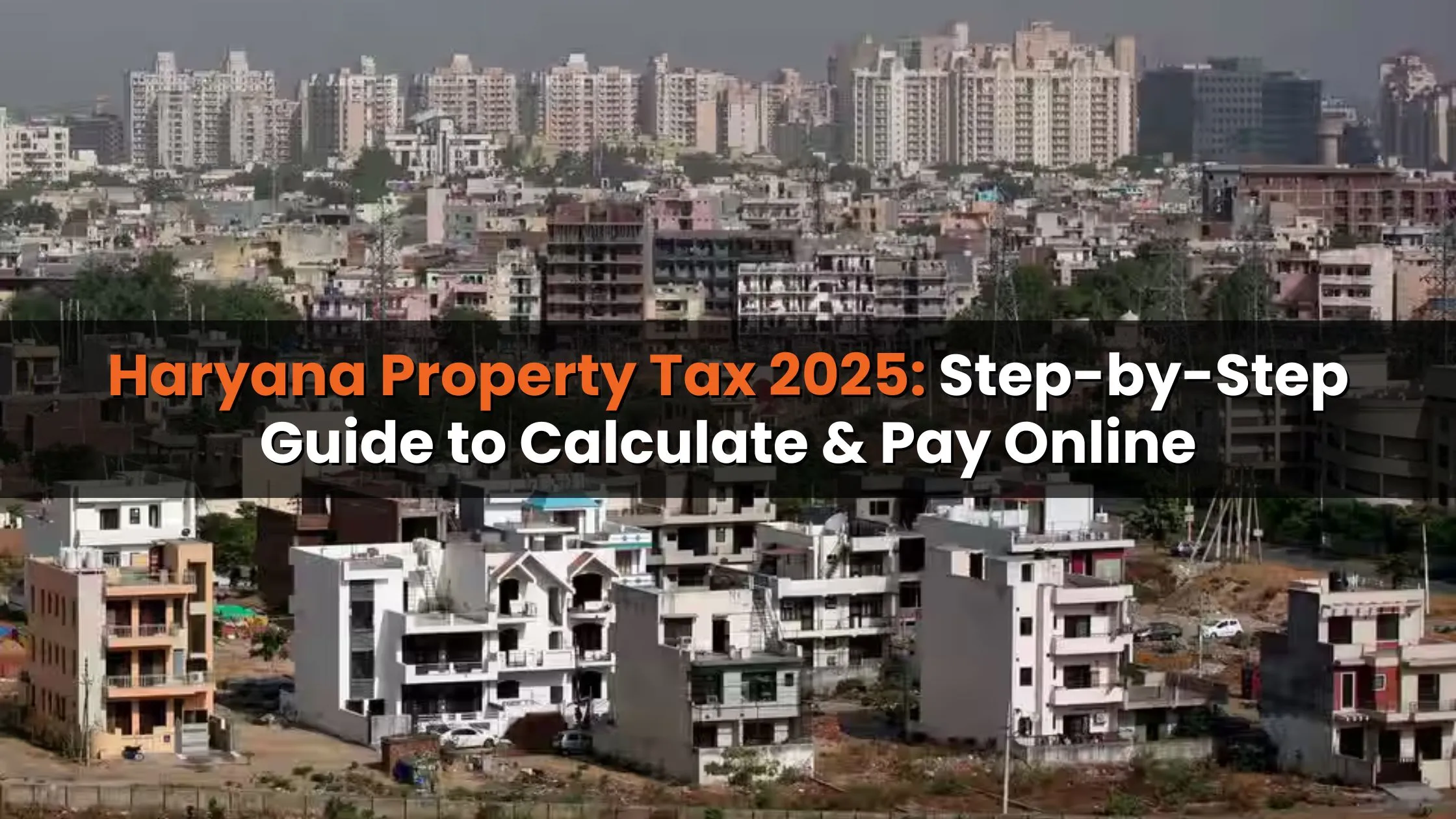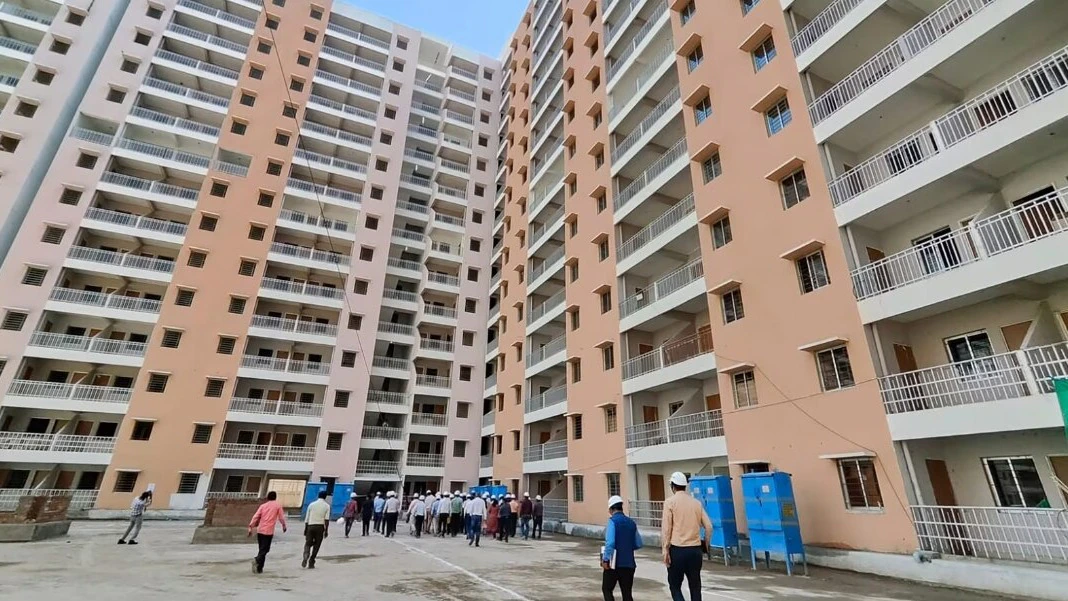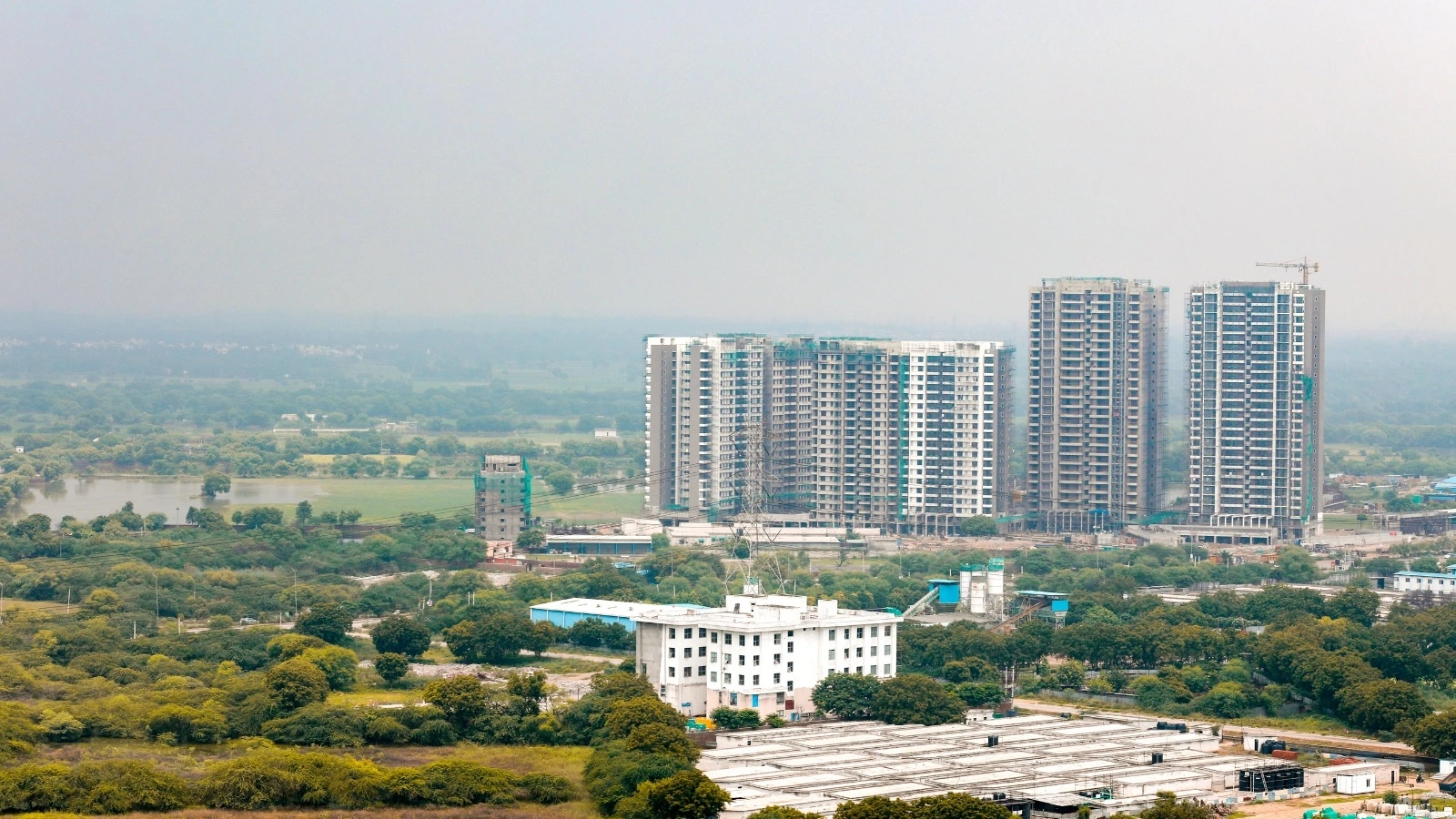Table of Content
The Housing Price Index (HPI) is a vital statistic that tracks real estate price changes over time across major cities in India. Published quarterly by the Reserve Bank of India (RBI), the HPI helps homebuyers, investors, and policymakers understand market trends, compare prices over different time periods, and gauge the overall health of the housing sector.
In this article, we dive into the meaning of the HPI, its calculation methodology, and the latest trends for 2025.
What is the Housing Price Index (HPI)?
The Housing Price Index is an indicator that measures how much home prices change over time. By using the base year 2010-2011 for reference, the HPI enables comparisons of property prices across different periods. The index is constructed using data directly sourced from official property transaction records, ensuring that the information is both reliable and trustworthy.
Key Points About HPI:
- Purpose: To track fluctuations in home prices and provide insights into real estate market trends.
- Coverage: Based on transactions from ten major cities, including Mumbai, Delhi, Chennai, Kolkata, Bengaluru, Lucknow, Ahmedabad, Jaipur, Kanpur, and Kochi.
- Base Year: 2010-2011, which simplifies the comparison of price changes over time.
- Data Source: Official property transaction records maintained by state registration offices.
Also Read: Real Estate Sector Among Top Targets for Cyber Attacks
How is the Housing Price Index Calculated?
The calculation of the HPI is a meticulous process designed to accurately reflect market trends. Here’s a simplified overview of the steps involved:
|
Step |
Description |
|
Data Gathering |
Collect individual property sale data from state registration offices in ten major cities. |
|
Property Sorting |
Classify properties into three groups based on floor space area (FSA): small, medium, and large. |
|
Average Price Calculation |
Compute the average price per square meter for each size group in each ward every quarter. |
|
Setting Weights |
Assign weights to each size group based on the number of properties sold during the base year (April 2010 to March 2011) in each ward. |
|
Calculating Price Changes |
Compare current prices to base year prices to determine the “price relatives” for each group and ward. |
|
Overall Index Formation |
Combine these price changes, giving more weight to wards with higher sales, to calculate an overall price change for each city. |
|
All-India Index Creation |
Merge individual city indices based on their population weights from the 2011 census to form the All-India Housing Price Index. |
This structured methodology ensures that the HPI accurately captures the market dynamics and regional differences, offering a reliable tool for analyzing real estate trends.
Trends in the Housing Price Index 2025
Recent HPI data shows a strong upward trend in housing prices across India, with a 4.3% increase in Q2 FY 2024-25 versus 3.3% in Q1. Notably, Q4 2024 saw Delhi-NCR prices surge 31%, while eight major cities experienced a 10% rise, highlighting significant regional variations.
Also Read: Delhi-NCR Housing Prices Surge 31%, 8 Major Cities Up 10% in Q4
Here’s a detailed look at the city-wise trends based on recent data:
|
City/Region |
YoY Price Change (%) |
Average Price (Rs/sq ft) |
|
Delhi-NCR |
31% |
₹11,993 |
|
Bengaluru |
23% |
₹12,238 |
|
Ahmedabad |
15% |
₹7,725 |
|
Chennai |
6% |
₹8,141 |
|
Hyderabad |
2% |
₹11,351 |
|
Kolkata |
1% |
₹7,971 |
|
Mumbai Metropolitan Region (MMR) |
3% |
₹20,725 |
|
Pune |
9% |
₹9,982 |
These trends indicate that while some markets like Delhi-NCR and Bengaluru are experiencing significant price appreciation, others such as Hyderabad and Kolkata are showing more modest growth. Such data is crucial for investors and homebuyers to make informed decisions about where to invest.
Why is the Housing Price Index Important?
The HPI is more than just a statistic; it has broad implications for the economy:
- Consumer Spending and Lending:
Fluctuations in housing prices influence consumer expenditures and bank lending practices. - Economic Health:
A rising HPI suggests that home prices are increasing, which may indicate robust demand and economic growth. Conversely, a decline could signal market slowdowns. - Policy Making:
Policymakers rely on the HPI to assess the health of the housing sector and to design measures that ensure balanced growth. - Investment Decisions:
For both homebuyers and investors, the HPI offers critical insights into market trends, helping them decide when and where to invest in property.
RBI Housing Price Index vs. NHB Residex
It’s important to note that the Reserve Bank of India’s HPI is distinct from the National Housing Bank's (NHB) Residex, India's first official house price index introduced in 2007. While both indices track housing price changes, they differ in their methodology and the areas they cover. The RBI’s HPI, using the base year 2010-2011, offers a fresh perspective on current market conditions, whereas the NHB Residex provides an alternative viewpoint based on its own unique approach. Both tools, however, are valuable for understanding real estate trends in India.
Conclusion
The Housing Price Index (HPI) is an essential tool for measuring the fluctuations in home prices across India, offering valuable insights for homebuyers, investors, and policymakers. By tracking price changes in ten major cities and using robust, transparent methodologies, the HPI provides a clear picture of the real estate market’s health. The rising trends highlighted by significant increases in Delhi-NCR and Bengaluru demonstrate strong market demand, while the varied growth rates across other cities underscore regional differences.
For anyone involved in real estate, understanding the HPI is crucial for making informed investment decisions. As India continues to evolve economically, keeping a close eye on the HPI will help stakeholders gauge market conditions, anticipate future trends, and navigate the complex landscape of property investment.
Stay informed, use reliable data from the HPI, and leverage these insights to make strategic decisions that align with your financial goals. The Housing Price Index is more than just a number it’s a barometer of economic health and a roadmap for future growth in the dynamic world of Indian real estate.
Also Read: How Budget 2025 Impacts Homebuyers: Affordable Housing










_1766133697.webp)
Ans 1. The HPI is an indicator that measures changes in home prices over time using the base year 2010-2011. It provides insights into market trends, helping homebuyers, investors, and policymakers understand the health of the real estate sector.
Ans 2. The HPI is computed by collecting property sale data from state registration offices, classifying properties by size, calculating average prices per square meter, applying historical weights, and then combining city indices for an all-India measure.
Ans 3. The index covers ten major cities including Mumbai, Delhi, Chennai, Kolkata, Bengaluru, Lucknow, Ahmedabad, Jaipur, Kanpur, and Kochi, reflecting diverse regional market dynamics.
Ans 4. Recent data indicates an overall price increase with a 4.3% rise in Q2 FY 2024-25, and significant regional growth, such as a 31% surge in Delhi-NCR and an average 10% increase in eight major cities.
Ans 5. A rising HPI signals robust demand and potential capital appreciation, guiding investors on where to invest. It also influences lending practices and helps shape urban development policies.
Ans 6. RBI’s HPI, based on the 2010-2011 base year, focuses on current market conditions, while NHB Residex, introduced in 2007, uses a different methodology to offer an alternative perspective on housing price trends.
Ans 7. Policymakers use the HPI to gauge market health, adjust fiscal and lending policies, and plan infrastructure projects, ensuring balanced and sustainable growth in the housing market.
Ans 8. By analyzing HPI trends and regional variations, investors can identify high-growth areas and time their investments for optimal returns. This data helps in forecasting market dynamics and planning long-term strategies.